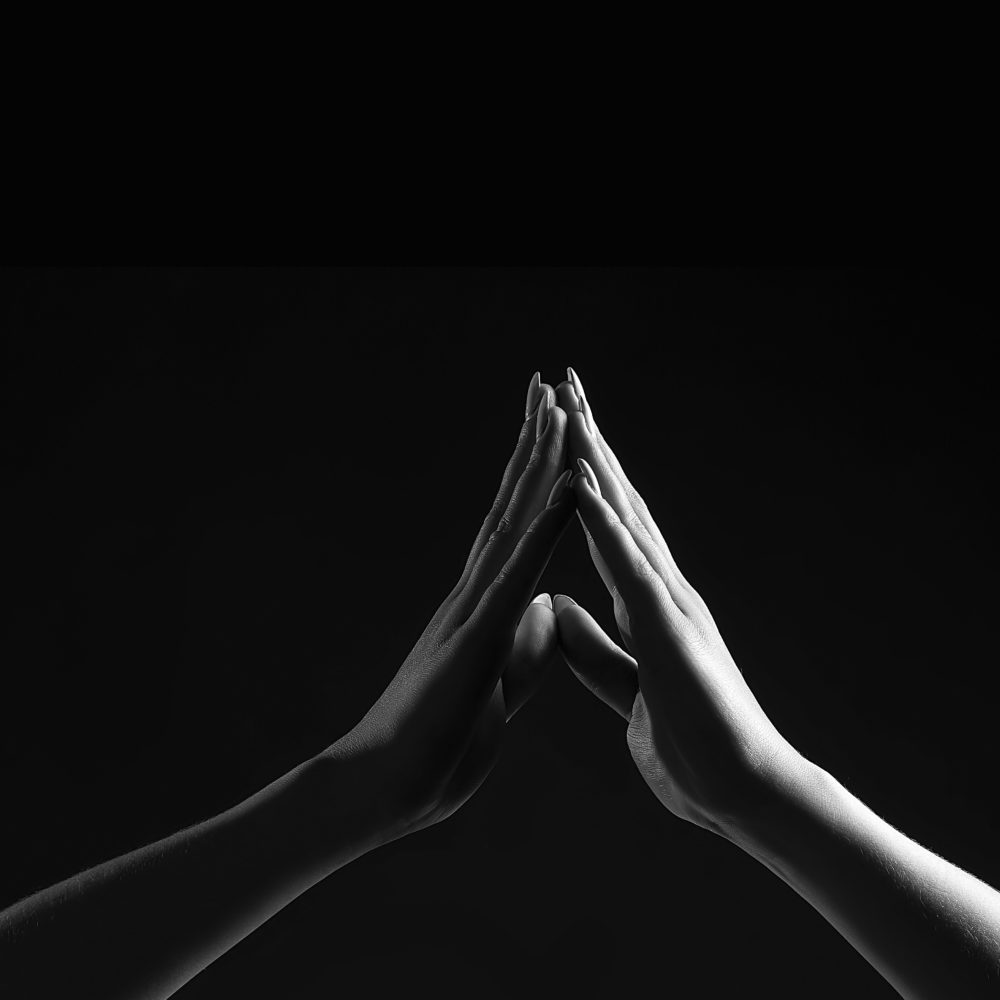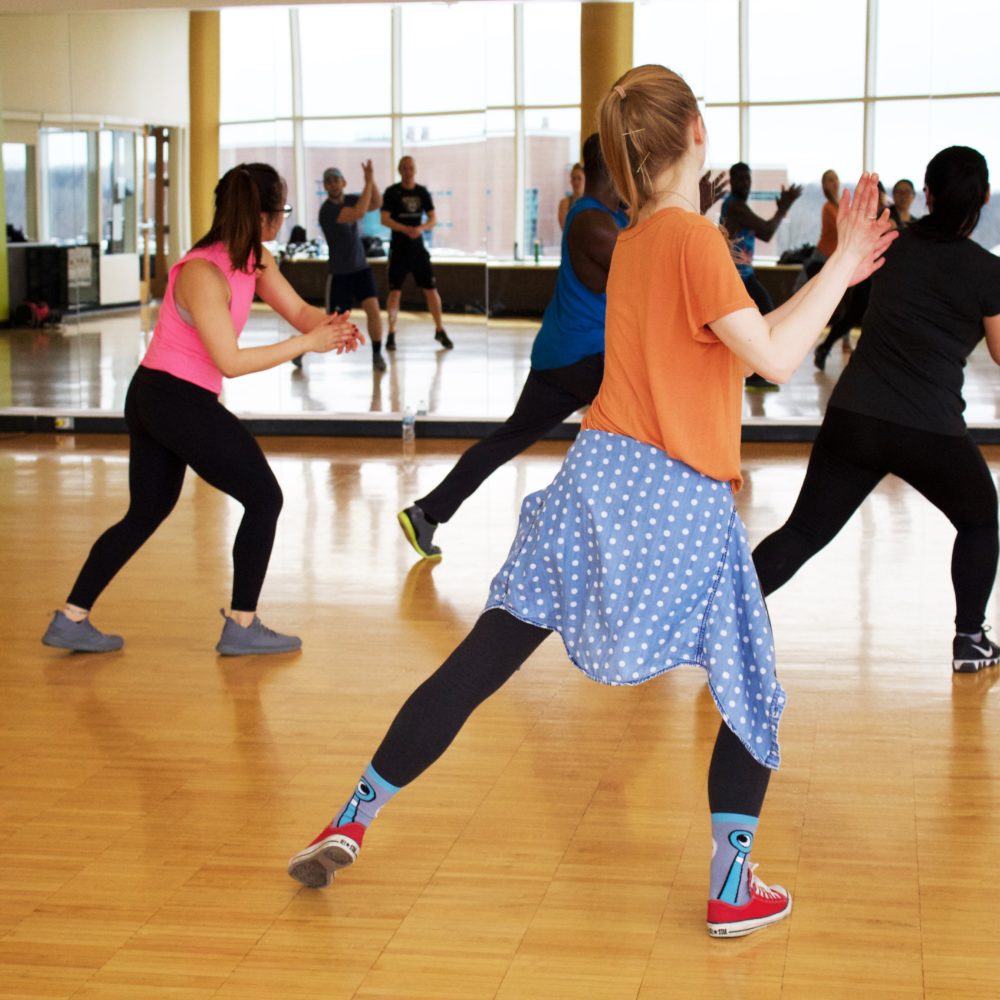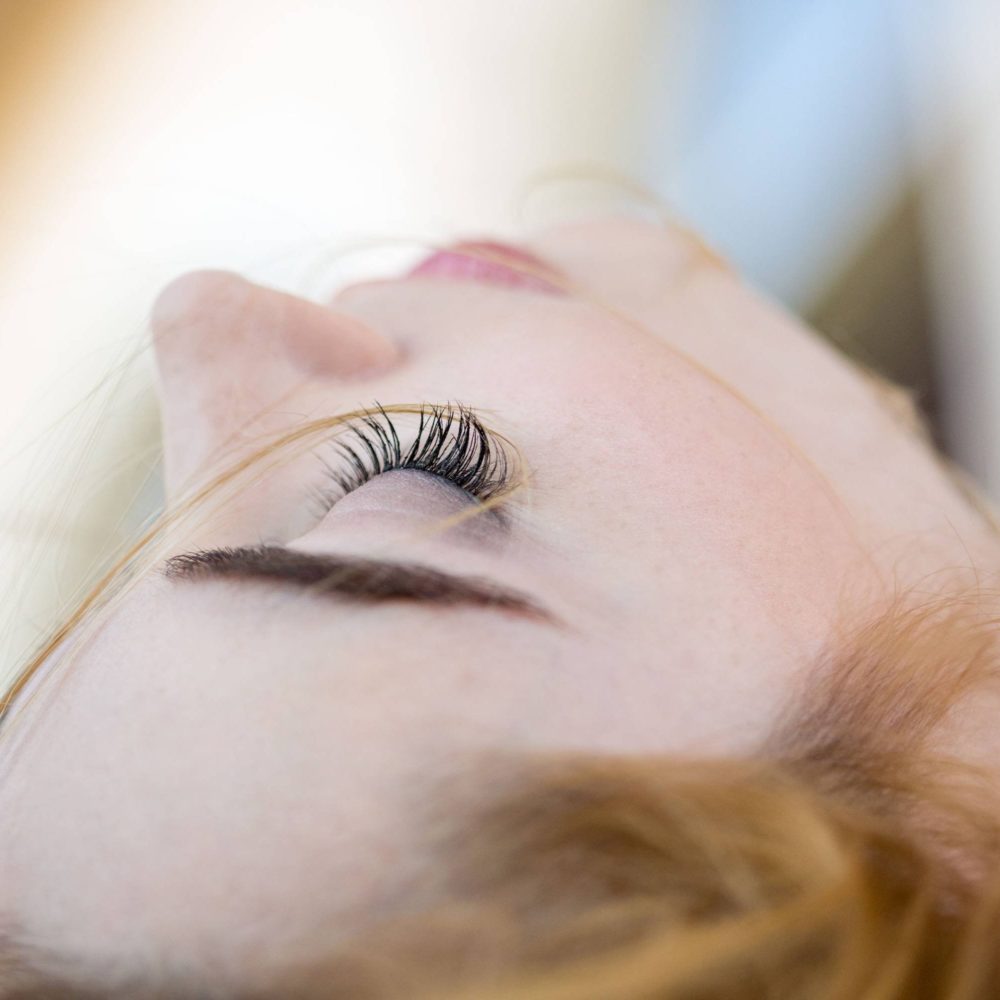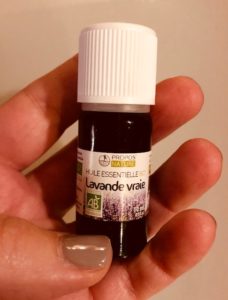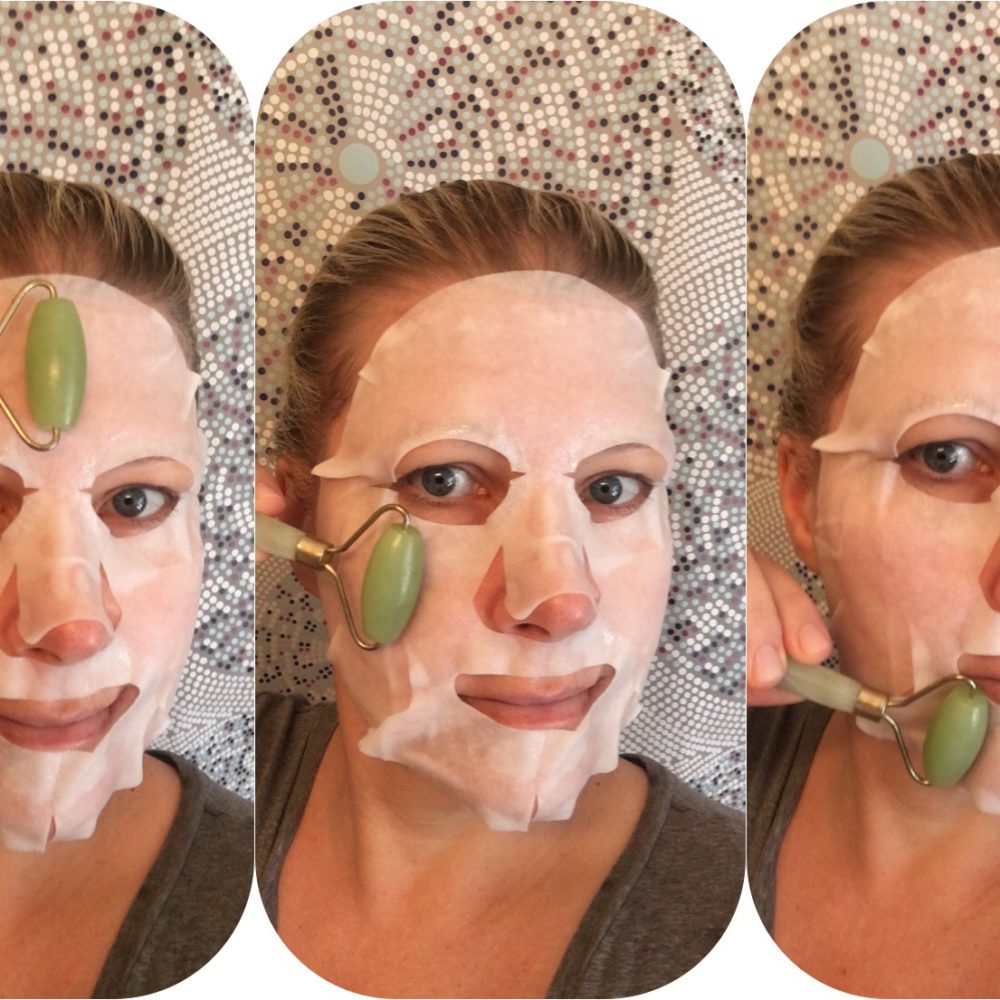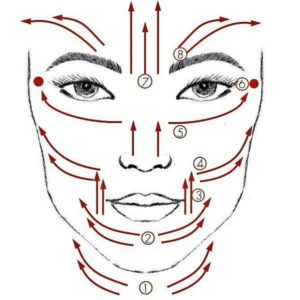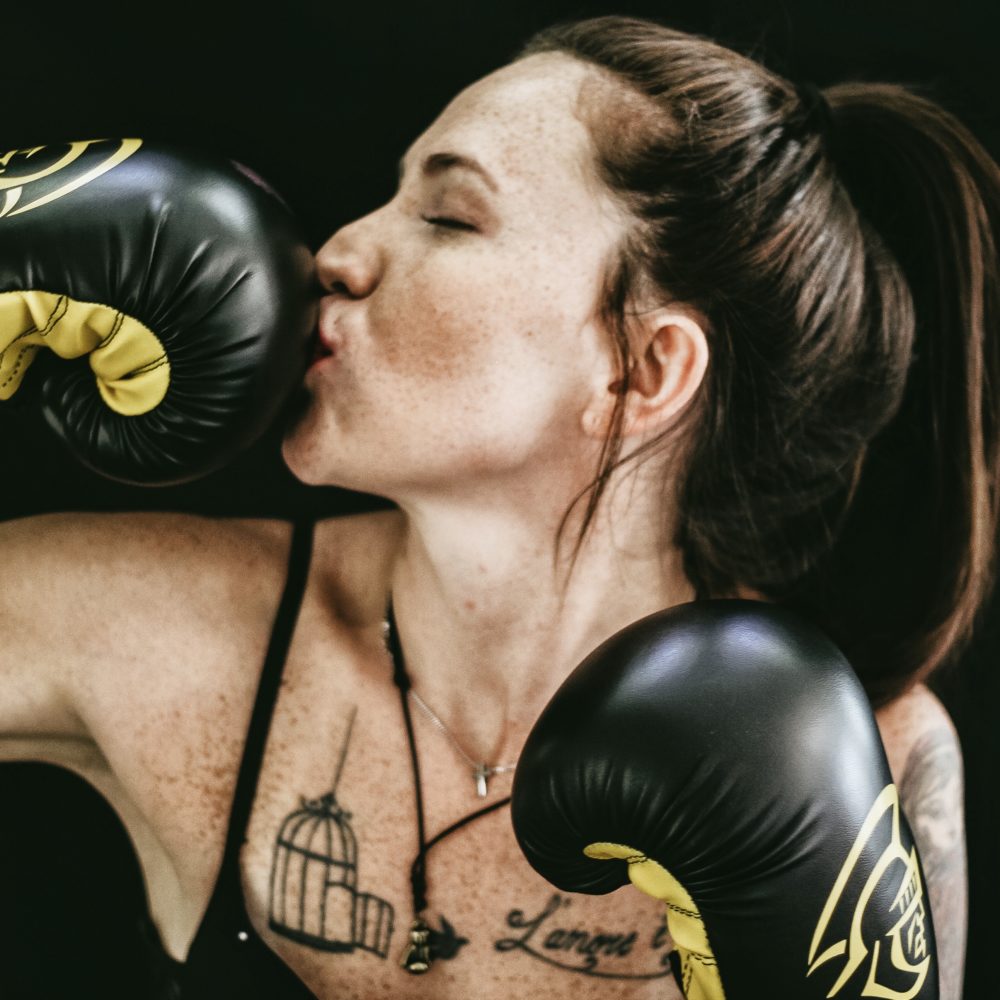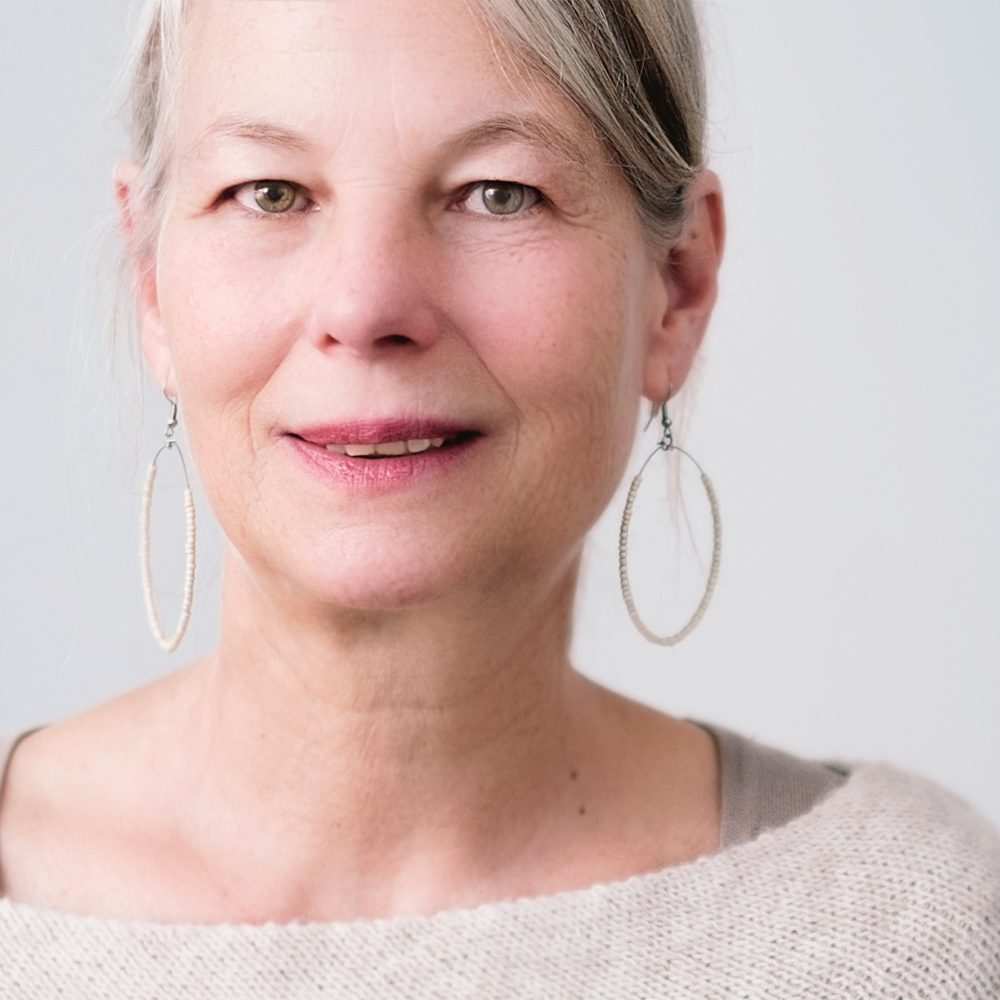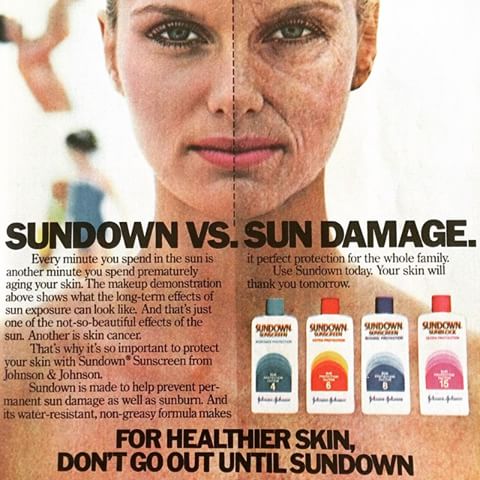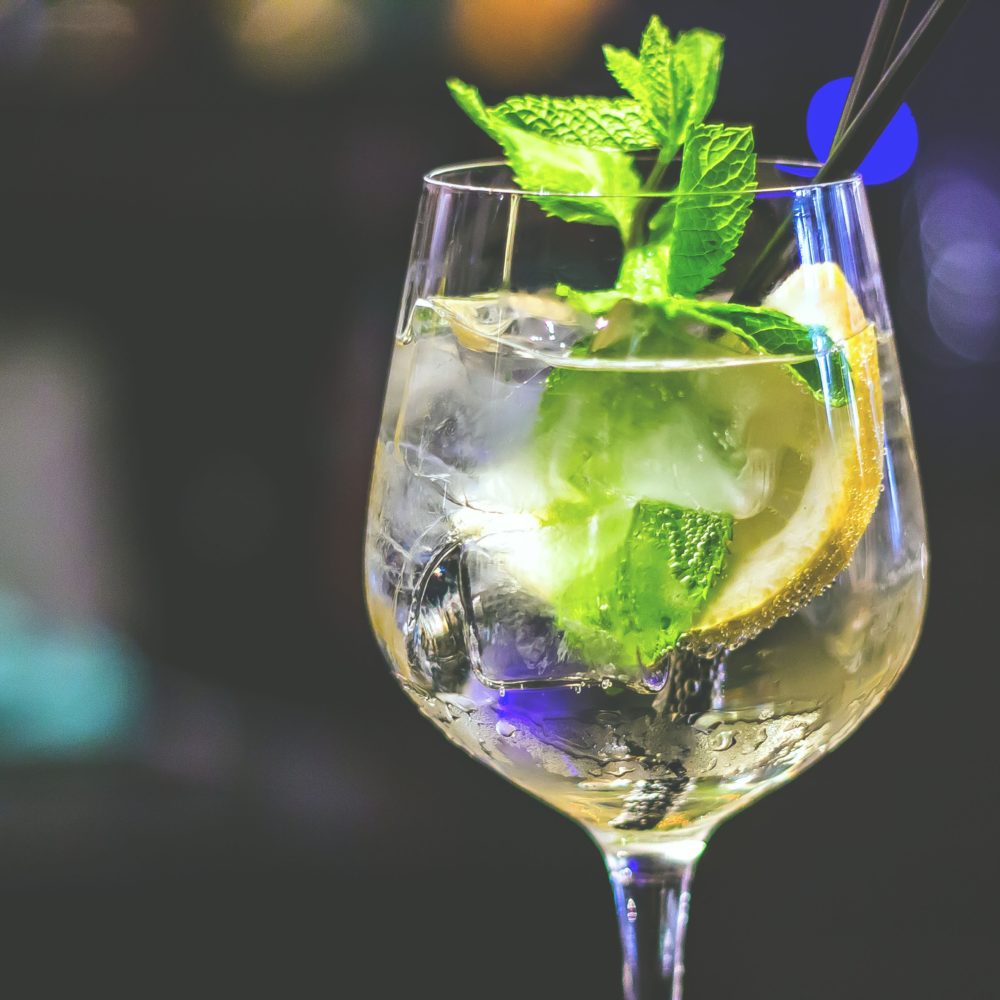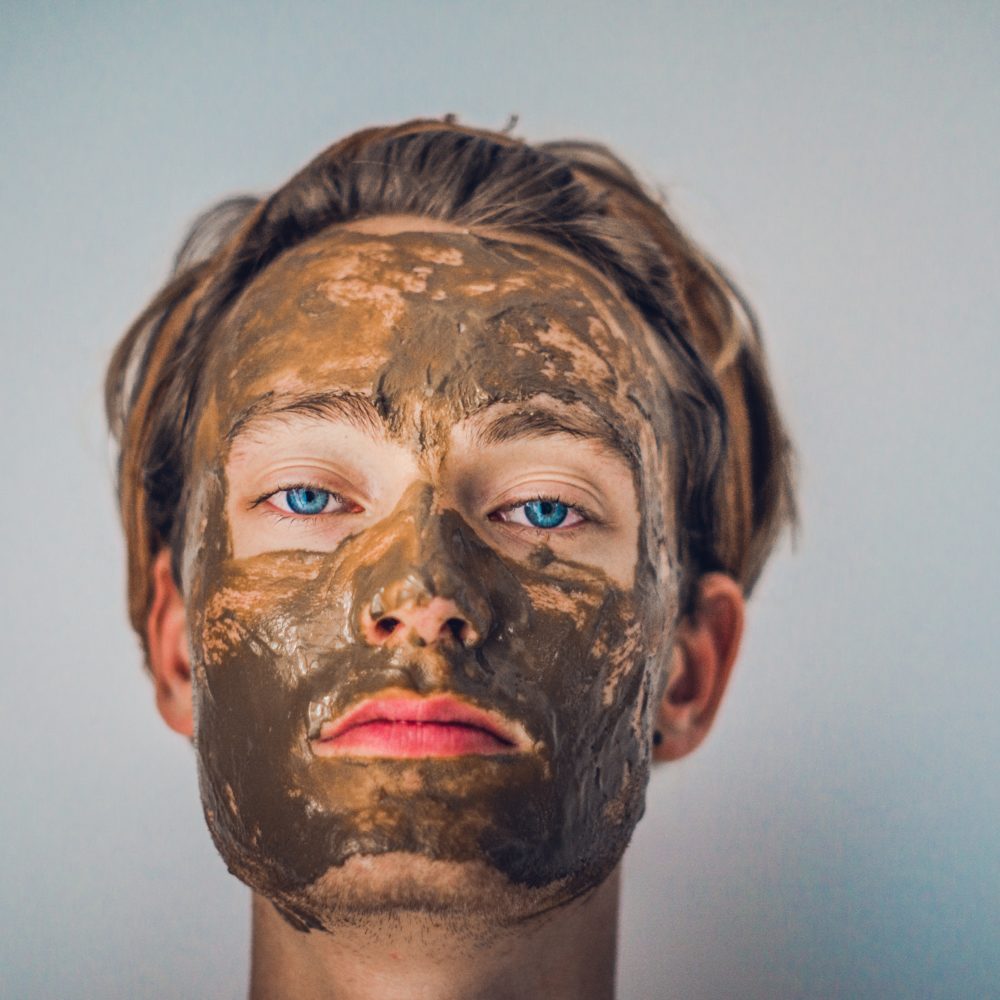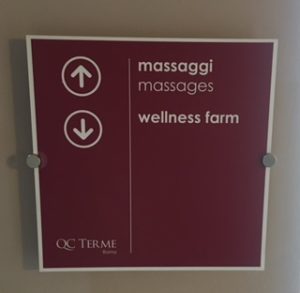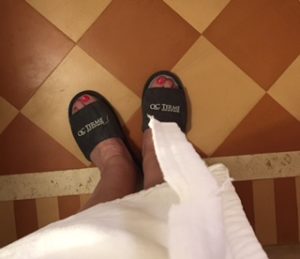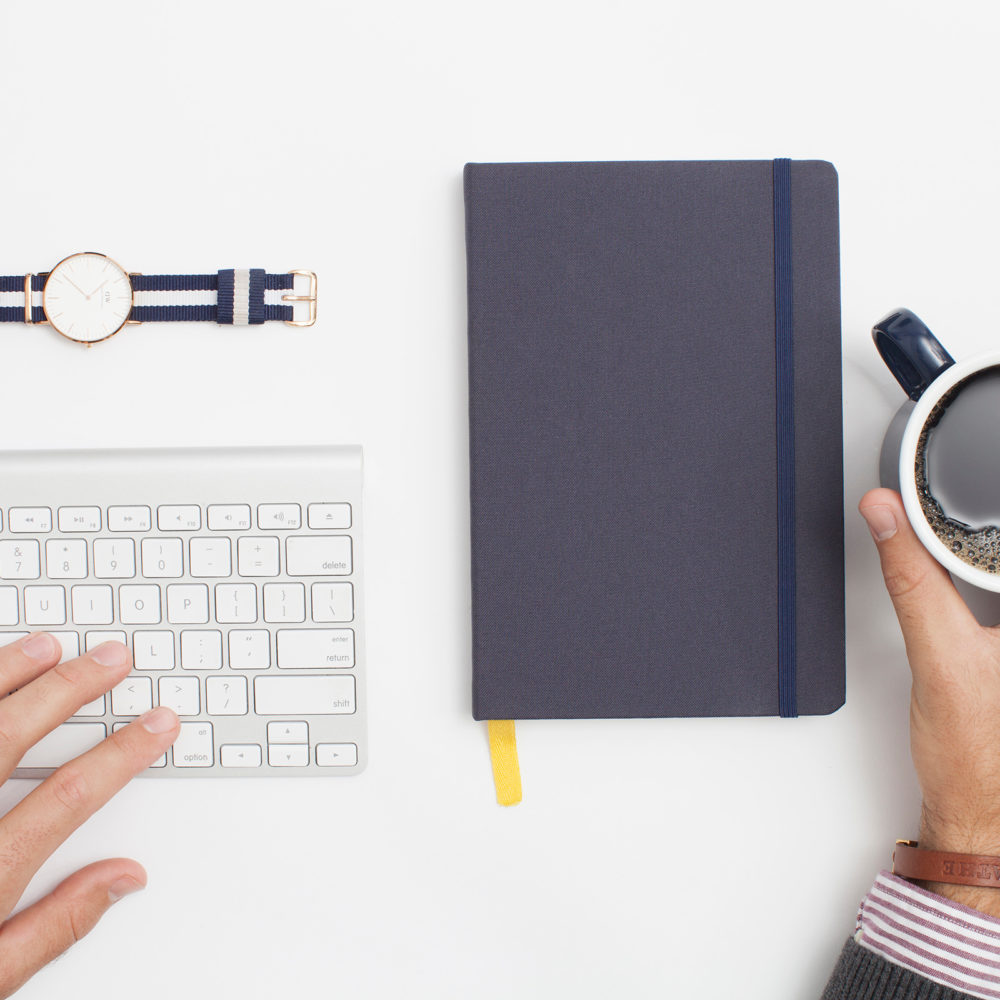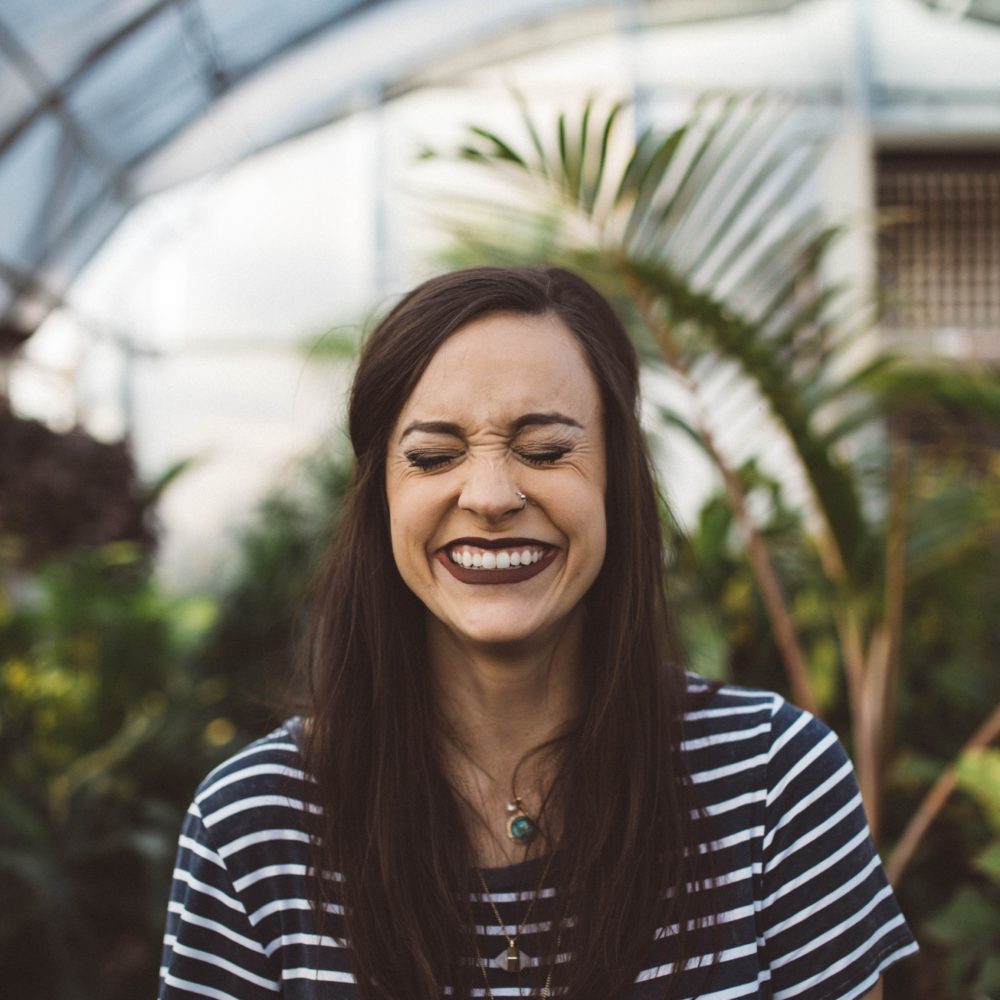I touch people for a living. Literally. Connecting with humanity on a physical level has been a part of my life for 22 years.
Working in my industry can prove exhausting for some, but when you find a home here it’s because you thrive off the exchange of energy that happens in the treatment room.
I’ve grown accustomed to hearing “Isn’t your job exhausting?”. You know what exhausts me? Staring at this computer screen for the past few hours.
The last time I gave a treatment to someone other than myself, my husband, or our dog was 29 days ago. My hands feel weird.
I’ve worked thru collective tragedy before.
On September 11, I worked at a high end hotel spa in Los Angeles. Our property was filled with trapped New Yorkers waiting for news from home. Clients came to the spa for comfort and distraction, some cried in my treatment room. I learned a lot about humanity, I learned a lot about myself.
I moved to San Francisco in 2008 and started my business just as the economy collapsed. Collectively, the city was devastated but the humanity and connection I experienced in my work buoyed me along.
Huge shout out to clients that have been with me since day one!
This past month confirmed how much I rely on my work and interaction with my clients to process tragedy in the world. The random tidbits of information, the comforting exchanges; it helps me to feel more connected to humanity.
I am fortunate. My business structure allows me to receive unemployment benefits and my online store is doing well (have a look since you’re here). I connect with clients virtually to care for their skin while we are safe at home. We speak excitedly about when we can reconnect in person. My business will see the other side of this pandemic.
My tech friends encourage me to pivot, reinvent myself, offer more online services. I’ve embraced online booking from the start, social media is wonderful for engagement and education. But is that the future of skin care? Not for me. A Zoom call and and a box of products delivered to your door will get us thru this tough time but it will never replicate the way you feel when you leave my studio.
I love this industry, educating people about their skin and teaching them how to navigate marketing hype is my passion. I worry about how things will look a year from now. One thing is certain, my business and my clients are a part of who I am, we will figure out the future together.


